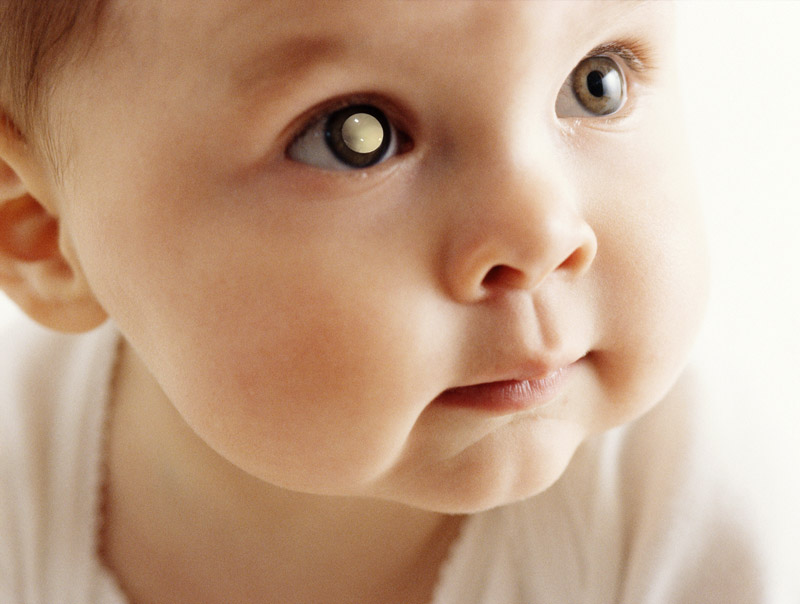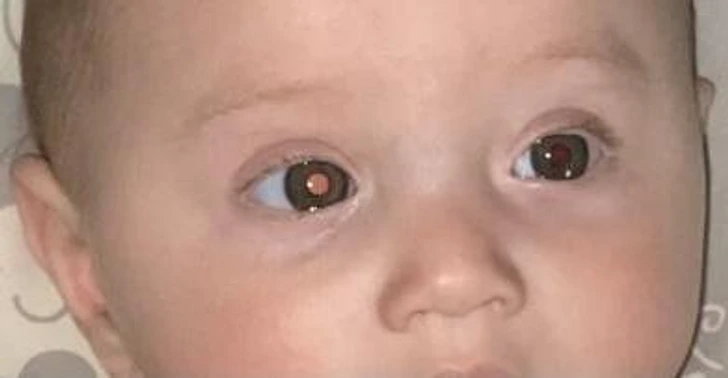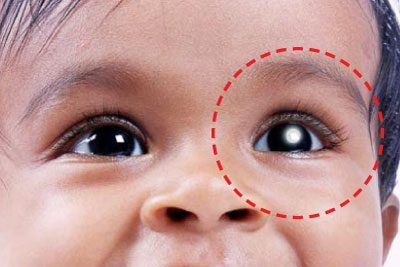White, gray, silvery, or yellow instead of the usual red reflection on your eye pupils means leukocoria. The term comes from Greek and literally means “white pupil”—it’s also sometimes called “cat’s eye pupil.” While it might seem harmless, it can be a sign of something serious going on in your eye.

Normally, when light shines into your eyes—like in a flash photo—it creates a faint red reflex due to light bouncing off the retina. But if something blocks that reflection, it can cause leukocoria.

This symptom is most common in children and can be linked to serious eye conditions, but it can also happen in adults. The good news? In adults, the underlying causes are usually less dangerous. Either way, if you notice it, it’s worth getting checked out!

A white pupil in a photo might look alarming, but don’t panic—one photo alone isn’t a cause for concern. Sometimes, light reflects off the eye’s surface, mimicking leukocoria. True leukocoria fills most or all of the pupil and appears consistently in different photos, while a surface reflection is smaller and shifts position.
Source: brightside.me
